The Truth About Mac and Cheese
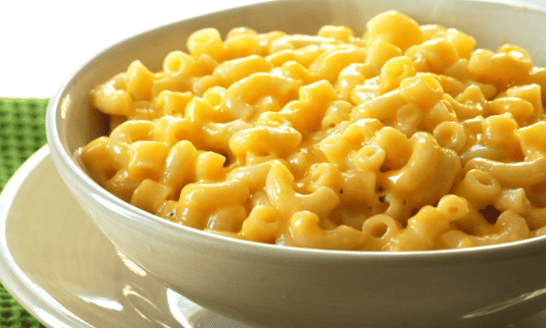
Mac and cheese is a rich creamy dish that consists of macaroni pasta mixed with a cheese sauce. It is mainly consumed in the United States and Canada. It’s high in calories because it’s made from cheese, pasta, butter, and cream. While calorie content varies depending on the ingredients, brands, and serving size, mac and cheese is a delicious meal that many people around the world enjoy. Individuals who want to promote their health and wellbeing can make a few swaps to reduce the calories of this dish. In this article, we are going to share a few facts about mac and cheese and how you can create a healthier recipe. Let’s get started!
Nutrition info about mac and cheese
As we said earlier, the calorie content of this delicious dish varies depending on the ingredients, brand, and consumed quantity. Mac and cheese contain a huge amount of refined carbs and fat which contribute to the high count of calories. Consuming more calories than you burn naturally leads to weight gain regardless of the type of food you consume.
Further, mac and cheese contain high sodium content. Research studies have shown that the recommended amount of sodium that people should take should not exceed 2300 mg per day. Excessive intake of sodium can lead to high blood pressure.
Homemade mac and cheese – both gluten-free and regular – have the highest number of calories since these versions usually contain huge amounts of milk, cheese butter, or cheese and cream. Preparing this dish at home allows you to omit sodium.
Since this dish is usually high in calories, you should consume it in moderation or occasionally to maintain your health and manage weight.
Reducing calorie count of mac and cheese
Mac and cheese usually contain high-calorie ingredients such as cheese, pasta, milk, and cream. Some versions which contain additional fat include cream cheese and butter. These ingredients make mac and cheese a delicious dish to consume in moderation. Fortunately, there are simple ways that you can use to reduce calories and make your dish healthier. To have time to prepare a nutritious dish, you should consider delegating your writing and editing tasks to assignment help website. Some of the swaps that you should consider include:
- Using high fiber pasta and protein from chickpeas and beans instead of plain macaroni to increase fiber and protein
- Using broccoli or cauliflower instead of plain macaroni to reduce calories and carbs
- Following the directions on packaged mac and cheese products since they require less milk and butter.
- Adding vegetables to your dish to increase nutrients and fiber while decreasing calories in each serving
- Reducing the amount of cheese that you normally use by half and adding spices and herbs to add flavor to the dish
- Swapping milk and cream for unsweetened nut milk to reduce calories
- Going for Neufchatel cheese instead of the creamy one to enjoy the tangy flavor, and creamy texture with fewer calories
- Adding lean proteins like beans, tuna, and chicken breast to increase protein levels and make the dish more satisfying
Keep in mind that mac and cheese are loaded with calories. Therefore, however you prepare it, it’s important to consume it in moderation to avoid serious health conditions in the future. now, let’s discuss these swaps that you need to make in detail.
Swaps to make mac and cheese healthier
There’s nothing as delicious and comforting as consuming a bowl of mac and cheese after a long day at work. Most people would love consuming this dish several times a week. However, it’s loaded with milk, butter, cream, macaroni, and cheese. And these ingredients are loaded with calories. However, by making a few swaps, you can add minerals, and essential vitamins while eliminating heavier elements for a nutritious dish that will nourish your soul.
1. Always go for homemade
The packets of boxed mac and cheese in some organizations have been found by CDC to contain chemicals known as phthalates which disrupt hormones in the body. Anyway, preparing your mac and cheese at home is usually a tastier and healthier alternative.
Add leafy greens for more nutrients
Leafy greens contain a lot of beneficial nutrients which the body needs. Greens like spinach and kale are rich in vitamin A, C, E, and K as well as calcium, magnesium, iron, and fiber. Plus, leafy greens will protect you from a wide range of deadly diseases by strengthening your immune system.
2. Whole wheat is better than pasta
Whole wheat pasta or whole grain offers a wider range of minerals and vitamins than white pasta. According to nutritional experts, a cup of wheat pasta contains 23 percent of fiber while white pasta only has nine percent. Whole wheat pasta contains 16 percent of fiber.
3. Legume-based pasta
If you’ve never added legume-based pasta to your mac and cheese, now is the time to do so. You should consider adding them to your ingredients because they have more flavor than the traditional pasta and you’ll find gluten-free options. Legume pasta offers more fiber compared to regular pasta. Plus, it has fewer carbs by 33 percent. Some varieties offer close to 50 percent of the recommended protein amount.
4. Throw in some chopped veggies
Mac and cheese is one of the best dishes to add vegetables. You can throw in carrots, broccoli, peas, onions, and mushrooms to name a few. You can add one or different types of vegetables to spice up your dish whilst managing your weight.
5. Include lean protein
Since macaroni and cheese complements different types of vegetables, it is also delicious when you add different types of proteins. From roasted turkey to grilled tofu, most protein varieties will be delicious on top of your mac and cheese. Protein is essential in the body for repairing and building tissues.
6. Use other milk alternatives
Macaroni and cheese are usually accompanied with a cheesy sauce that usually calls for cream or milk for a smooth tasty finish. You should try replacing cream or milk with other nutritious alternatives such as coconut, rice, soy, almond, and flax milk. These alternatives are low in protein and calories. And they are rich in calcium.
Conclusion
These are the truths about mac and cheese. If you love this tasty dish, there are a few changes that you can do to make it tastier and nutritious. What changes are you going to try out today?
Author Bio:
Sherri Carrier is a professional writer at Essaymama and a member of several writing clubs in New York. She has been writing her own poems since she was a child. The young author gets inspiration from her favorite writers and people whom she loves.
About NutriFusion®
Just 1 in 10 adults meet the federal fruit or vegetable recommendations, according to a study published in CDC’s Morbidity and Mortality Weekly Report (MMWR). This report highlights that very few Americans eat the recommended amount of fruits and vegetables every day, putting them at risk for chronic diseases.
Studies have shown that supplementation with extracts from fruits and vegetables may improve age-related changes.
NutriFusion develops all‐natural fruit and/or vegetable powders that are nutrient dense for use in foods, beverages, supplements, and pet foods.
NutriFusion can help! Visit us at www.nutrifusion.com.



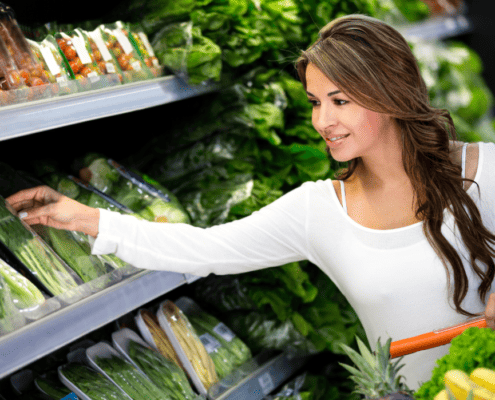

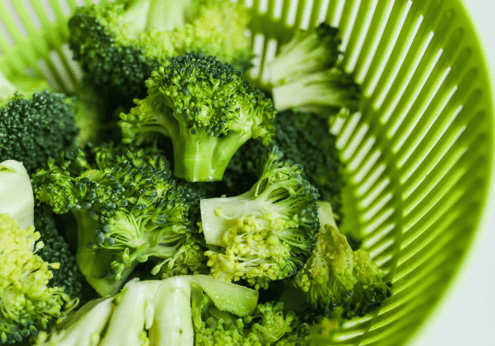





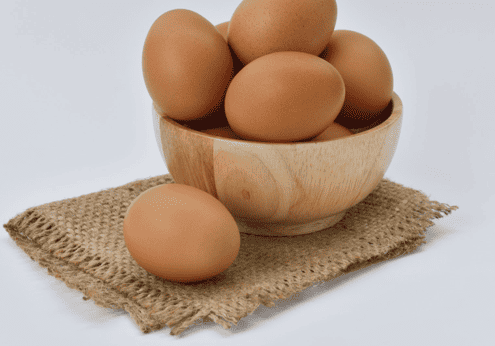



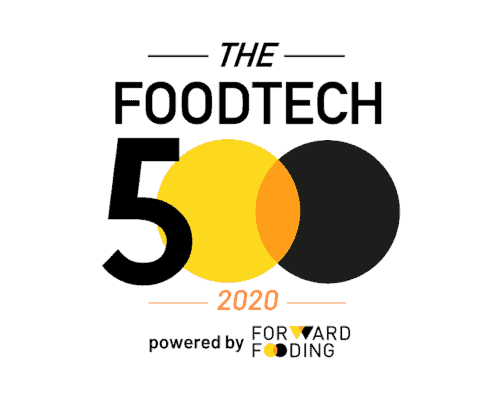 We are thrilled to announce that NutriFusion® ranked #53 of the top 500 companies worldwide in AgriFoodTechnology. This was the second year in a row, as a finalist for this year’s @ForwardFooding #FoodTech500, the world’s first definitive list of the global entrepreneurial talent at the intersection between food, technology, and sustainability. With over 2000 applicants from over 60 countries, we are so pleased that our innovation within the food system has been recognized and are excited to share this news with you!
We are thrilled to announce that NutriFusion® ranked #53 of the top 500 companies worldwide in AgriFoodTechnology. This was the second year in a row, as a finalist for this year’s @ForwardFooding #FoodTech500, the world’s first definitive list of the global entrepreneurial talent at the intersection between food, technology, and sustainability. With over 2000 applicants from over 60 countries, we are so pleased that our innovation within the food system has been recognized and are excited to share this news with you!

